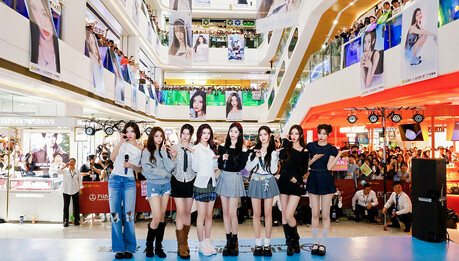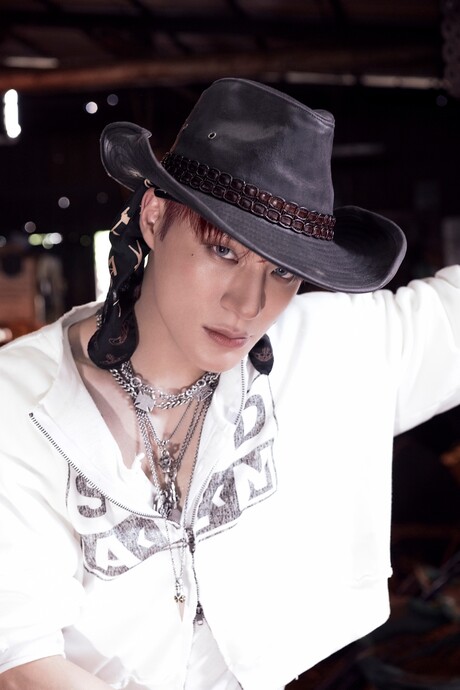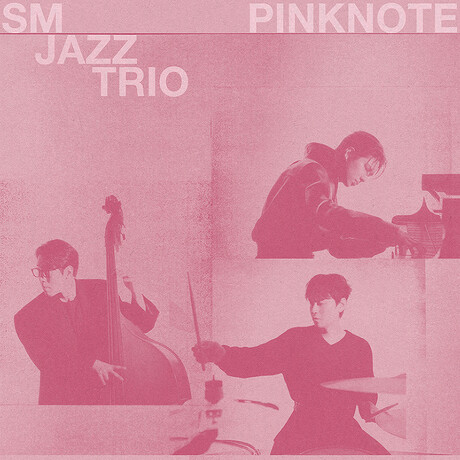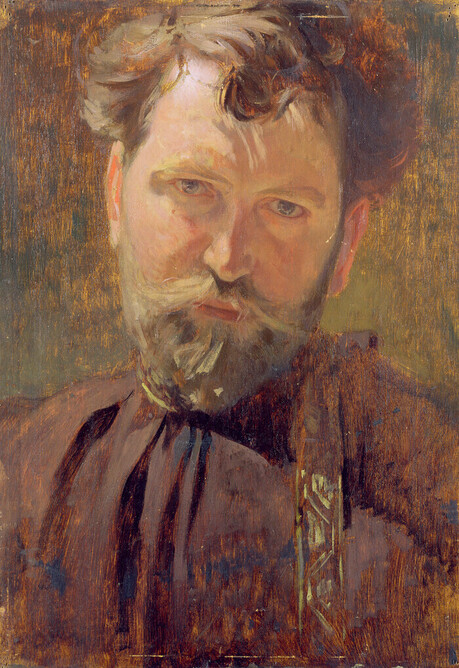Local architecture studio Adamo Faiden has completed construction of Huergo 475, a distinctive 120.6-meter-tall residential skyscraper featuring a green-pigmented concrete facade and innovative cantilever design in Buenos Aires, Argentina. The 39-floor tower, containing 507 apartments, stands as a unique architectural statement between the dense urban landscape of northeast Buenos Aires and a nearby biological reserve.
The building's most striking feature is its exposed concrete facade, which serves both structural and aesthetic purposes. Studio co-founder Marcelo Faiden explained that the facade was designed to create a monolithic appearance while defining the project's identity. "The exposed concrete facade serves a structural role while simultaneously defining the project's identity," Faiden told architecture publication Dezeen. "To create a monolithic appearance, a grooved-textured formwork was designed, visually softening the impact of the concrete pouring process."
The skyscraper's design incorporates several architectural innovations that respond directly to its urban environment. The building appears broader when viewed from one side and more slender from another angle, featuring a central core with lightweight, beamless slabs. At various points, the facade is slightly faceted to mitigate what Faiden described as the "dizzying" effect of the skyscraper's horizontal elements.
One of the building's most notable features is its series of double-height spaces and cantilevers, which Faiden referred to as "horizontal shifts." These architectural elements house all of the building's public amenities, including a gymnasium, coworking space, and shared kitchen facilities. The double-height windows in these spaces create a striking contrast with the single-floor windows throughout the rest of the building, establishing a distinctive pattern of different-sized openings across the facade.
The ground level of Huergo 475 includes a public passageway that runs alongside retail space, integrating the building with street-level urban activity. Interior spaces maintain the raw concrete aesthetic, though the material appears more unfinished inside than on the exterior. Many interior areas feature aluminum ceilings, providing a contrast to the exposed concrete structural elements.
The building's crown features a partially enclosed pool and communal area that serves as a highlight of the residential amenities. This rooftop space includes landscaping with curved planters that create sloping green areas, offering residents a unique outdoor environment high above the city. The design emphasizes the building's role as what Faiden calls an "observatory of Buenos Aires' landscape."
Faiden emphasized that the architectural approach was intentionally minimal and non-hierarchical in its material palette. "We designed this tower as a geographical feature," he explained. "With different terraces that can be used as an observatory of Buenos Aires' landscape. In that sense, we wanted to reduce its material palette to its minimum, while approaching them in a non-hierarchical way."
The architect stressed that Huergo 475 was conceived to relate directly to Buenos Aires rather than simply reaching skyward. "Huergo 475 is not about relating the ground to the sky, it doesn't have an ascendence desire," Faiden noted. "It's about reaffirming the landscape around it – the historical city, the park and La Plata River." This philosophy influenced the building's integration with its surroundings and its role within the broader urban context.
The project represents a significant addition to Buenos Aires' evolving skyline, joining other recent high-rise developments in the city including a glass-clad skyscraper by Rafael Viñoly Architects. The completion of Huergo 475 demonstrates how contemporary architecture can respond to urban density while maintaining connection to natural and historical elements of the cityscape. Photography of the completed building was captured by Javier Augustín Rojas, documenting the tower's distinctive green concrete facade and architectural details.

































